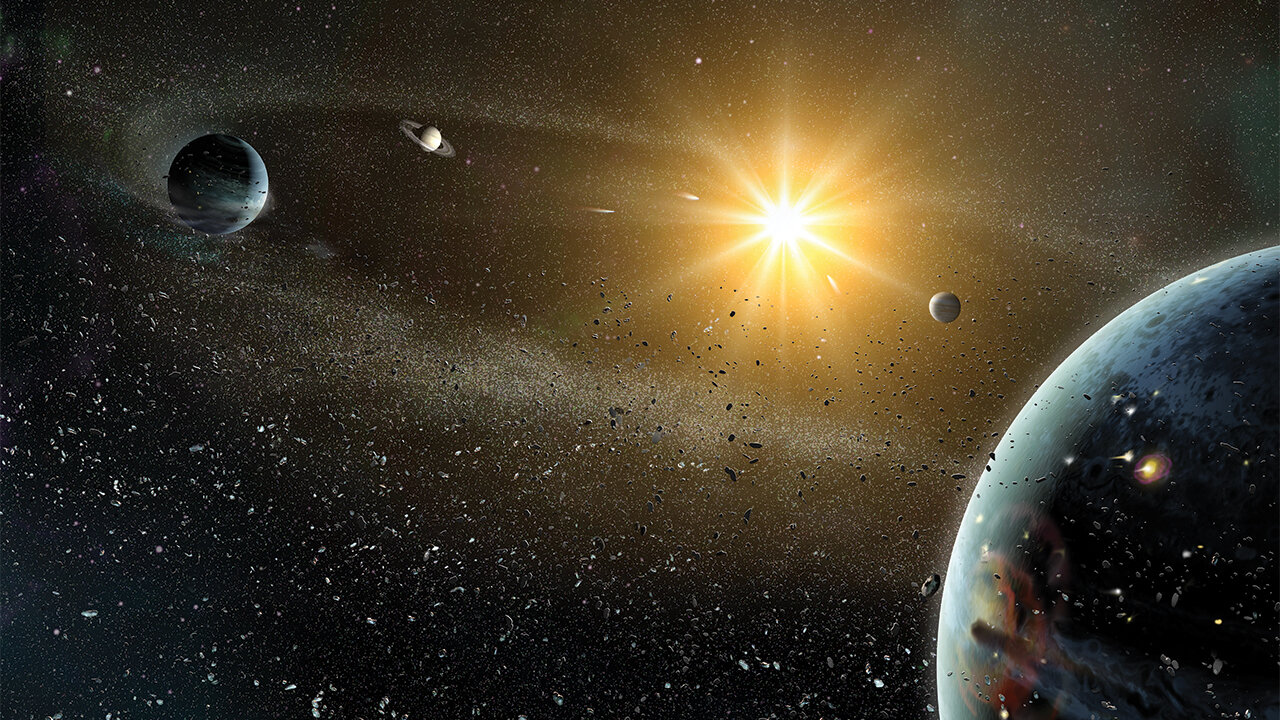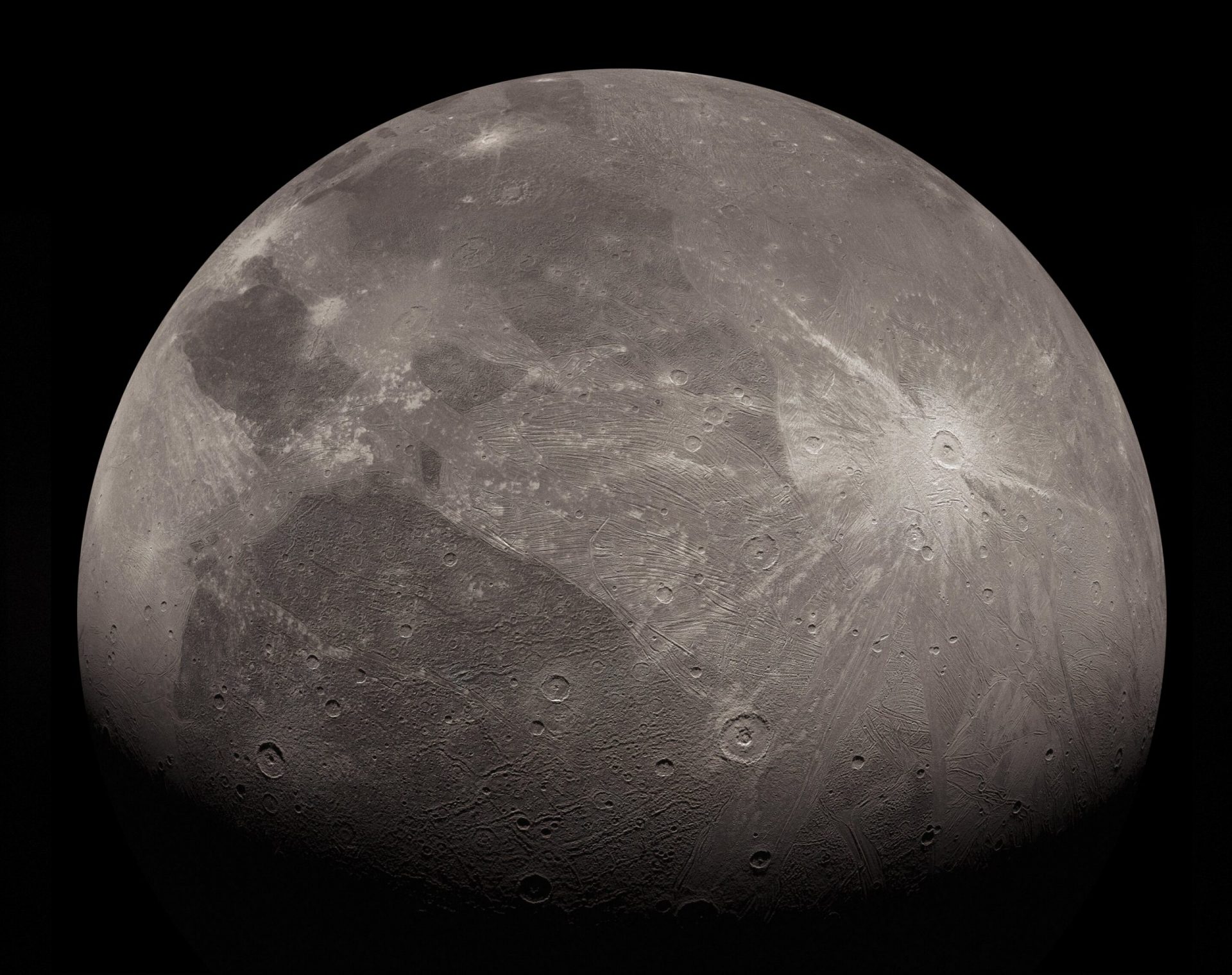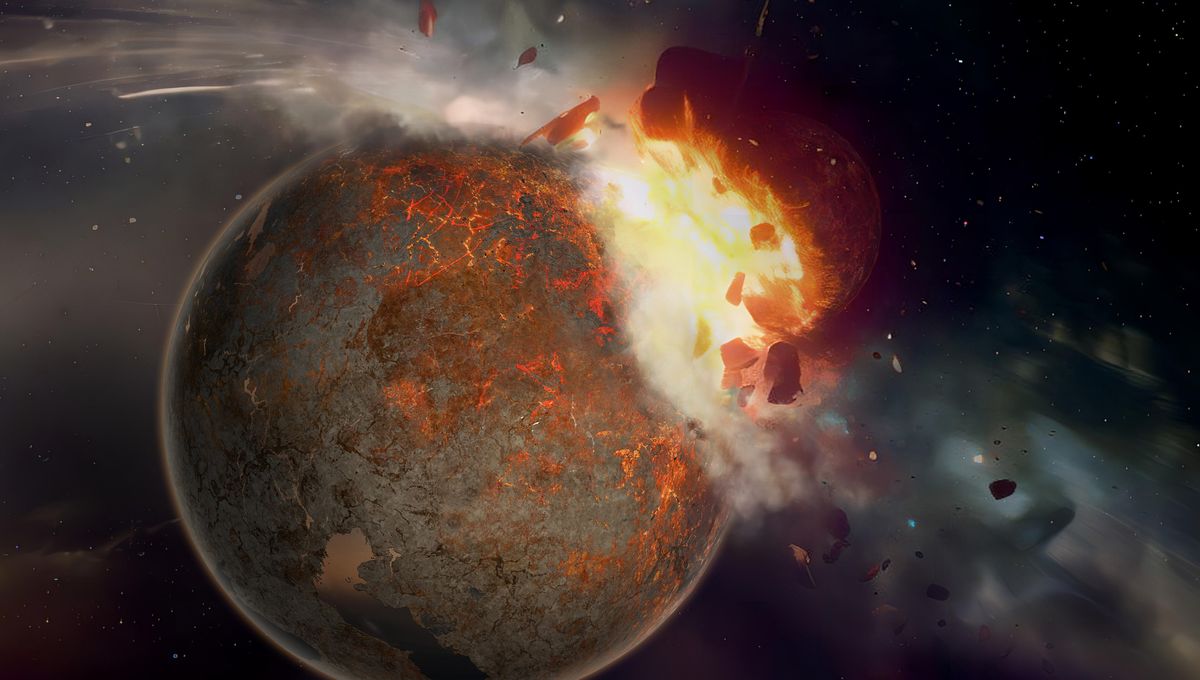Giant gas planets, like Jupiter, can be chaotic forces that disrupt the potential for life on Earth-like planets in other star systems. Recent studies reveal that these massive planets have a tendency to knock smaller planets out of their orbits and wreak havoc on their climates.
While Jupiter plays a crucial role in protecting our solar system by deflecting comets and asteroids that could potentially collide with Earth, giant planets in other parts of the universe do not necessarily provide the same protection for their rocky planet neighbors. A paper published in the Astronomical Journal explains how the gravitational pull of massive planets in a nearby star system is likely to push their Earth-like neighbors out of the “habitable zone.” This zone refers to the range of distances from a star where conditions are suitable for liquid water to exist on a planet’s surface, making life possible.
Unlike most known solar systems, the HD 141399 system has four giant planets that are located farther from their star. This makes it an excellent model for comparison with our solar system, where Jupiter and Saturn are also relatively distant from the sun. “It’s as if they have four Jupiters acting like wrecking balls, throwing everything out of whack,” says Stephen Kane, an astrophysicist from UC Riverside and author of the journal paper. Kane conducted multiple computer simulations to understand the impact of these four giants on the habitable zone in this star system and whether an Earth-like planet could maintain a stable orbit there. “The answer is yes, but it’s highly unlikely. There are only a few specific areas where the giants’ gravitational pull would not disrupt a rocky planet’s orbit and send it flying out of the habitable zone,” Kane explains.
While this paper demonstrates how giant planets outside the habitable zone can destroy the chances for life, a second paper published in the Astronomical Journal explores the effects of a single large planet within the zone. This paper focuses on a star system called GJ 357, which is only 30 light years away from Earth. Kane refers to this system as “definitely in our neighborhood” considering the vast size of the galaxy. Previous studies identified a planet in this system, GJ 357 d, residing in the habitable zone and estimated to be about six times the mass of Earth. However, Kane’s paper titled “Agent of Chaos” suggests that the mass of GJ 357 d is likely much larger, possibly up to 10 Earth masses. This means the planet is unlikely to be terrestrial and unable to support life as we know it. The second part of the paper, co-authored by UCR planetary science postdoctoral scholar Tara Fetherolf, demonstrates that if the planet is indeed larger than previously believed, it would prevent other Earth-like planets from existing in the habitable zone alongside it. Although there are a few potential locations within the habitable zone where an Earth-like planet could potentially exist, their orbits would be highly elliptical, resulting in extreme and unpredictable climates. “This paper serves as a warning not to assume that planets in the habitable zone are automatically capable of hosting life,” Kane warns.
Ultimately, these two papers highlight the rarity of finding the right conditions for hosting life elsewhere in the universe. “Our work gives us more reasons to be grateful for the unique planetary configuration we have in our solar system,” Kane concludes.








